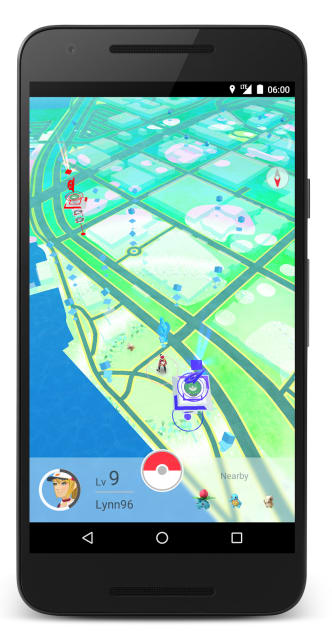Entities
View all entitiesCSETv0 Taxonomy Classifications
Taxonomy DetailsProblem Nature
Specification
Physical System
Software only
Level of Autonomy
Unclear/unknown
Nature of End User
Amateur
Public Sector Deployment
No
Data Inputs
user data from the game Ingress
CSETv1 Taxonomy Classifications
Taxonomy DetailsIncident Number
73
Risk Subdomain
1.3. Unequal performance across groups
Risk Domain
- Discrimination and Toxicity
Entity
AI
Timing
Post-deployment
Intent
Unintentional
Incident Reports
Reports Timeline

In celebration of Pokémon's 20th birthday this past weekend, Nintendo re-released the original Red, Blue, and Yellow games as digital downloads through its online shop. In addition to finally giving players the chance transfer all 151 origi…

"Warning: Pokémon Go is a death sentence if you’re a black man," Omari Akil argued in an essay at Medium over the weekend.
It’s a startling, even extreme-sounding claim. How could a virally popular smartphone game featuring adorable Japanes…
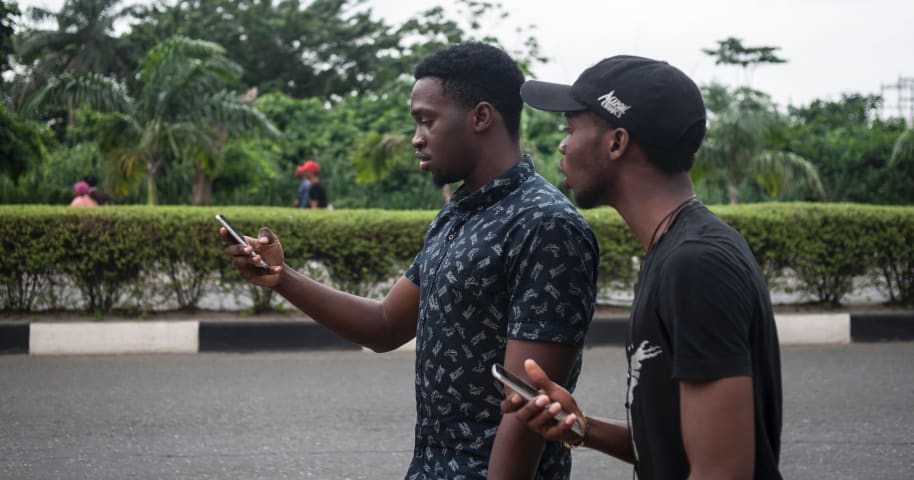
CLOSE There are more Pokéstops in majority white areas than in majority black areas, which could suggest digital redlining within the game.
Timi Ajiboye and Tobi Akinnubi use the Pokemon Go application at the University of Lagos. (Photo: St…
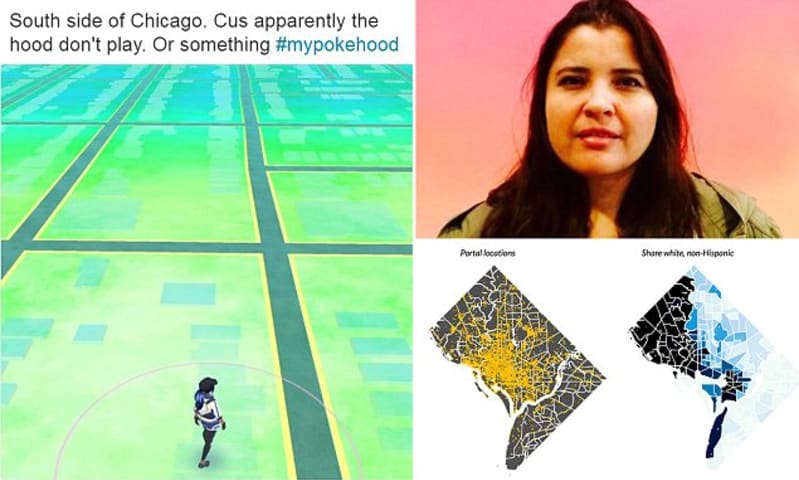
Aura Bogado (pictured), an environmental reporter for news outlet Grist, realized Pokemon Go's Poke Stops appeared more frequently in white areas than predominantly black and Latino neighborhoods and began collecting data
A Pokemon Go playe…
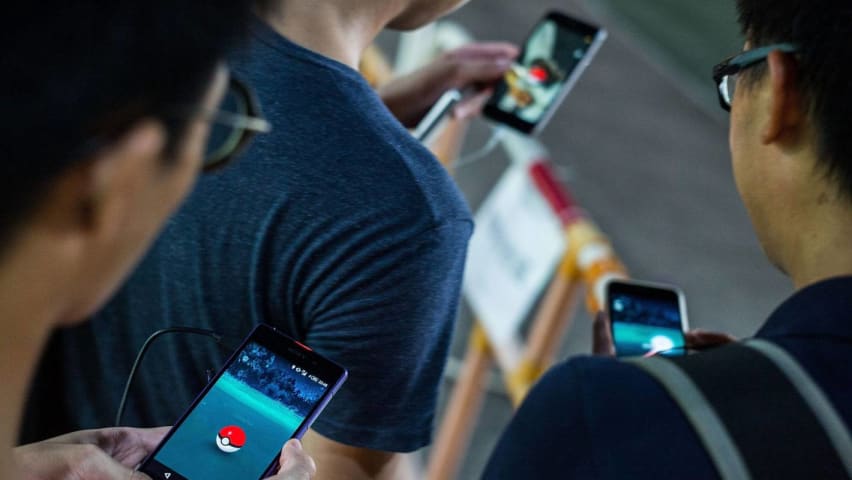
There are typically fewer PokeStops in non-white areas, if there are any at all.
While playing the popular augmented-reality game Pokemon Go in Long Beach, a city that is nearly 50 per cent white, Aura Bogado made an unsettling discovery - …
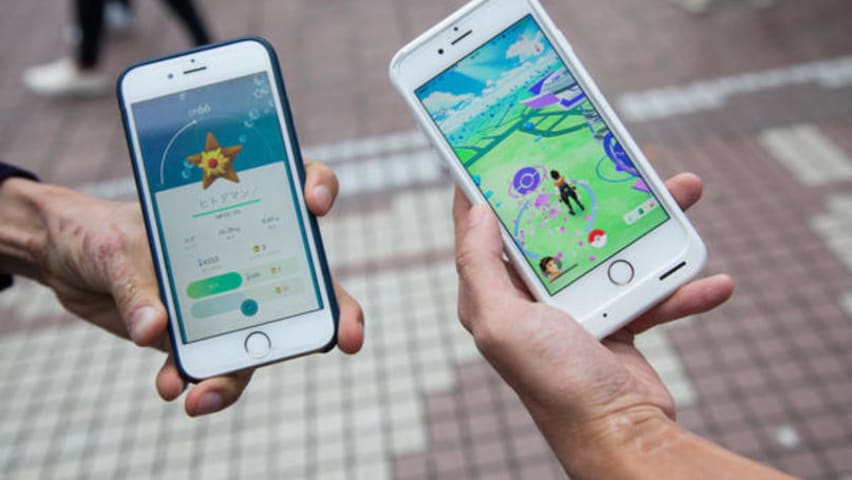
Featured image credit: PA
When you think of Pokémon Go you probably think of crashing servers, grown men acting like teenagers and how fucking hard it is to catch a Charizard. You might not think of racism, but now one US player has found w…

The game's popularity proliferated after a July 6 launch in Australia, New Zealand, and the United States: 7.5 million downloads during its first week; 50 million downloads from Google Play during its first month; and it was WikiPedia's mos…

Power of Numbers: Pokemon Go!
Sandra Az Blocked Unblock Follow Following Feb 24, 2018
Numbers
Metrics play a powerful and intensifying role in ordering and shaping our everyday lives. David Beer (2016), in his book, discusses some ways in w…
Variants
Similar Incidents
Did our AI mess up? Flag the unrelated incidents

Biased Google Image Results
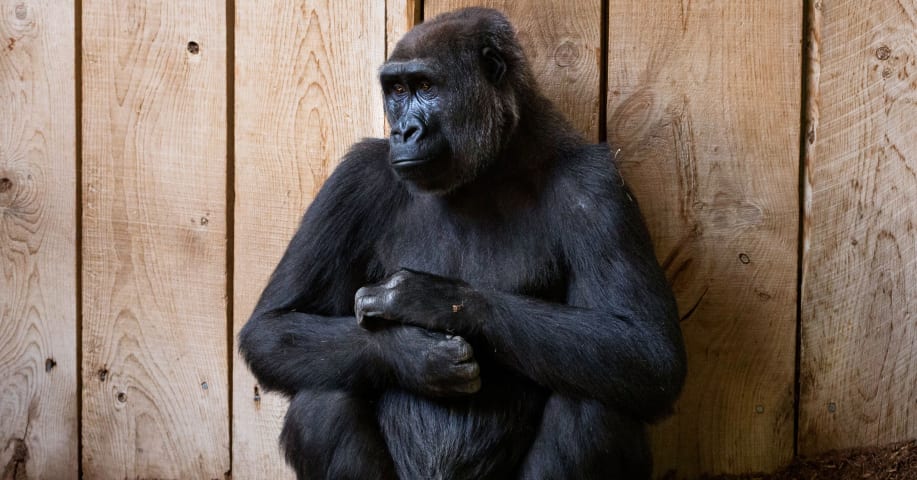
Images of Black People Labeled as Gorillas
Similar Incidents
Did our AI mess up? Flag the unrelated incidents

Biased Google Image Results







